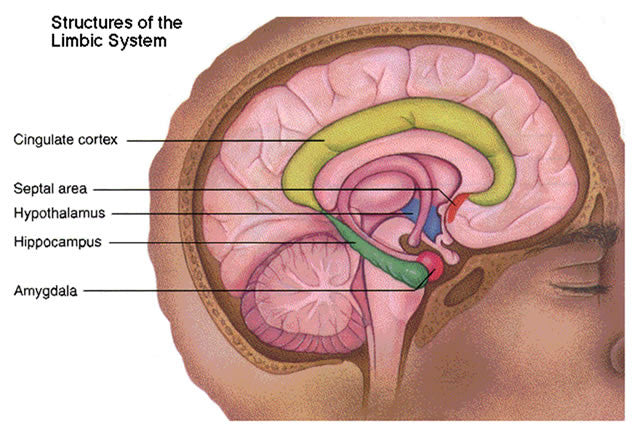Neuroplasticity, Mindsight and Dr. Daniel Siegel
This week's guest is Daniel Siegel, M.D., a clinical professor of psychiatry at the UCLA School of Medicine and the author of several best-selling books including The Mindful Brain and Mindsight. Mindsight, which will be the focus of this week's discussion, is a fascinating book which integrates the latest in brain science, mindfulness and cognitive psychology. Dr. Siegel really understands the workings of the brain: both as a solo act and in connection with others. As I've heard him explain it: "our mirror neurons allow us to feel someone else's pain literally, so that the pain we feel inside - is exactly the same pain that the other person feels. This forms the basis for empathy." And it in turn helps us understand the concept of MINDSIGHT which I would define as self-awareness and other-person-awareness combined into one.

In this week's interview, I'm going to start by asking Dr. Siegel to define some basic brain science terms like neurons, mirror neurons, the amygdala, the hippocampus, the limbic system, the prefrontal cortex and synapses. Then we will use these terms to build a discussion about how our brains change in response to experience, throughout our lifetimes, in a process known as neuroplasticity.
Neuroplasticity represents an exciting breakthrough in our understanding of the brain. As little as twenty five years ago many experts still believed the brain was fully formed at a very young age. Now we know that the brain develops and grows until the age of twenty five and after that it continues to produce as many as 10,000 new neurons every day - right up until the day we die.
As Dr. Siegel will explain, the trick to keeping our brains healthy over the long haul is figuring out how to put these new neurons to work. The fact that my 55 year old brain can learn all this new brain science and words like neuroplasticity (a word I never even heard of five years ago) proves that I am doing just that. Unlike other organs of the body which must remain the same, the brain changes in response to experience. Learning new things and exposing ourselves to novelty are just some of the ways we encourage neuroplasticity to happen.
Every time you go to a new hotel, stay in a new city, learn a new software program or pickup a new word in your vocabulary, you are forcing your brain to make new connections (or form new synapses) and make use of the new neurons it produces every day. And this brain growth and change has all sorts of positive ramifications for the treatment of many stress-related disorders from anxiety to depression. I think that's why we all love traveling so much. So many new neurons and new synapses are formed, without really much effort at all.
 But, as it turns out, something as simple as training our attention on one thing, and bringing it back to that one thing over and over again, as we do in meditation, may actually change the structure and size of certain areas of the brain, particularly those areas that are used for managing emotions like anger, sadness, frustration and fear. So we can actually increase the size of the areas of the brain that control stressful emotions and decrease the size of the areas that generate them.
But, as it turns out, something as simple as training our attention on one thing, and bringing it back to that one thing over and over again, as we do in meditation, may actually change the structure and size of certain areas of the brain, particularly those areas that are used for managing emotions like anger, sadness, frustration and fear. So we can actually increase the size of the areas of the brain that control stressful emotions and decrease the size of the areas that generate them.
Thanks to breakthroughs in brain imaging technology we can now see the way the brain changes in the minds of mindfulness meditators and what we're seeing is, that over time, these mindfulness meditators can increase the size of the mid-prefrontal cortex, the area of the brain directly responsible for controlling our reaction to stress and decrease the size of the amygdala, an area of the brain that causes the stress.
When the lower, emotional brain takes over the higher thinking brain, it is often called an emotional hijack. But the more we encourage our brain to change (through neuroplasticity) by directing our attention to one thing and holding it there, the more we gain control over this subcortical region of the brain (aka, the limbic system or emotional brain). And over time we can learn to tone down our startle response, reduce our irrational fears, and gain control over what pushes our buttons.
And these changes in the brain may also be responsible for other health benefits such as lowering anxiety, gaining control over mood swings, and increasing our levels of happiness.
Dr. Siegel's book entitled MINDSIGHT teaches us how this process works, why it works and how to gain control over it. So our talk with Dr. Siegel will include plenty of information about how we can treat depression, anxiety, and other mood disorders and learn how to handle challenging emotions like anger, frustration, sadness and fear, by promoting neuroplasticity, practicing mindfulness, learning meditation, and encouraging novelty and life-long learning.





James Porter
Author